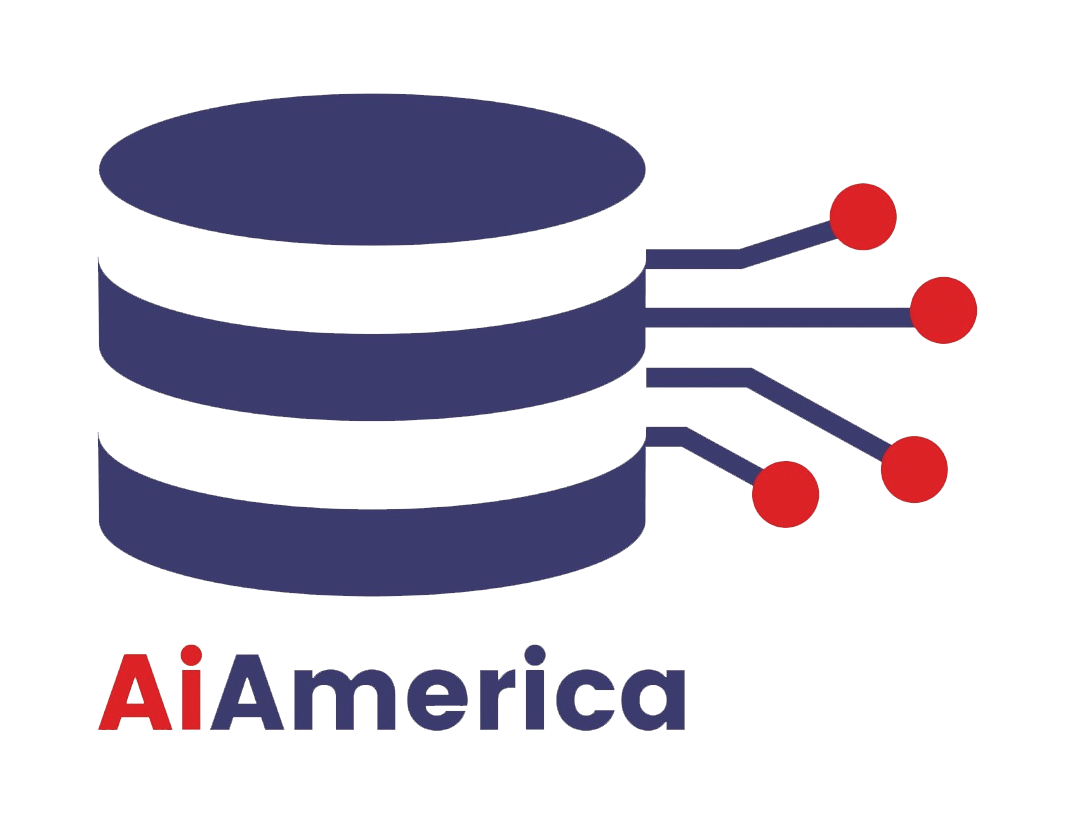
GPTMini is a compact, efficient variant of the GPT family designed specifically to facilitate deployment in resource-constrained environments such as edge devices. Edge deployment faces unique challenges including limited memory (often under 8GB), constrained computational power, real-time latency demands, and power efficiency requirements. GPTMini addresses these by delivering strong performance with a much smaller model size and optimized architecture.
Key Features of GPTMini for Edge Deployment
- Lightweight and Compact Design: GPTMini has a reduced parameter size compared to larger GPT models, making it feasible to run on hardware with limited RAM (as little as 16 GB on some setups) and lower processing capacity.
- Quantization and Compression: Techniques like INT4 quantization reduce the model size by up to 75%, significantly lowering storage and memory usage while maintaining 70-90% of accuracy, enabling real-time inference on mobile GPUs and edge processors.
- Efficient Inference: Optimized for lower latency and power consumption, GPTMini can achieve decent token generation rates (e.g., several tens of tokens per second on edge hardware), allowing for interactive applications such as chatbots and AI assistants.
- Hardware-Aware Optimizations: Deployments can leverage specific hardware accelerators, such as NPUs on smartphones or optimized GPU tensor cores, alongside software frameworks like ONNX Runtime or TensorFlow Lite for maximum efficiency.
- Privacy and Offline Use: Edge deployment with GPTMini allows on-device inference, enhancing user privacy by avoiding data transfer to the cloud and offering functionality even without network connectivity.
Typical Edge Deployment Scenarios
- Mobile AI Assistants: GPTMini powers AI-powered chatbots or virtual assistants running directly on smartphones, providing fast, private, and offline-capable natural language understanding and generation.
- IoT Devices: Smart home devices or industrial IoT endpoints can incorporate GPTMini to interpret commands and generate responses locally without relying on cloud connectivity.
- Wearables and AR/VR: Small AI models enable personalized AI interactions within constrained form factors, ensuring smooth and responsive user experiences.
- Enterprise On-Premises: Businesses with strict data privacy needs can deploy GPTMini within on-prem hardware, reducing cloud dependency.
Optimization Techniques for Edge
- Model Pruning and Distillation: Reduce parameters and focus on essential model weights to shrink size without sacrificing much accuracy.
- Quantization: Convert weights and activations to lower-precision formats (e.g., INT4 or INT8) to save memory and speed up computations.
- Hardware-Specific Software Stacks: Use accelerators and optimized runtimes tailored for device specifications.
- Dynamic Batching and Caching: Group requests and reuse computation states (KV caches) to improve throughput.
Summary
GPTMini exemplifies the trend towards making powerful GPT models accessible beyond data centers by optimizing them for edge deployment. Its compact, quantization-friendly architecture enables efficient, low-latency inference on devices with limited resources, broadening AI application possibilities to mobile, IoT, and privacy-sensitive environments. By leveraging model compression, hardware-aware optimizations, and on-device capabilities, GPTMini delivers a compelling balance of performance, cost, and usability at the edge..









